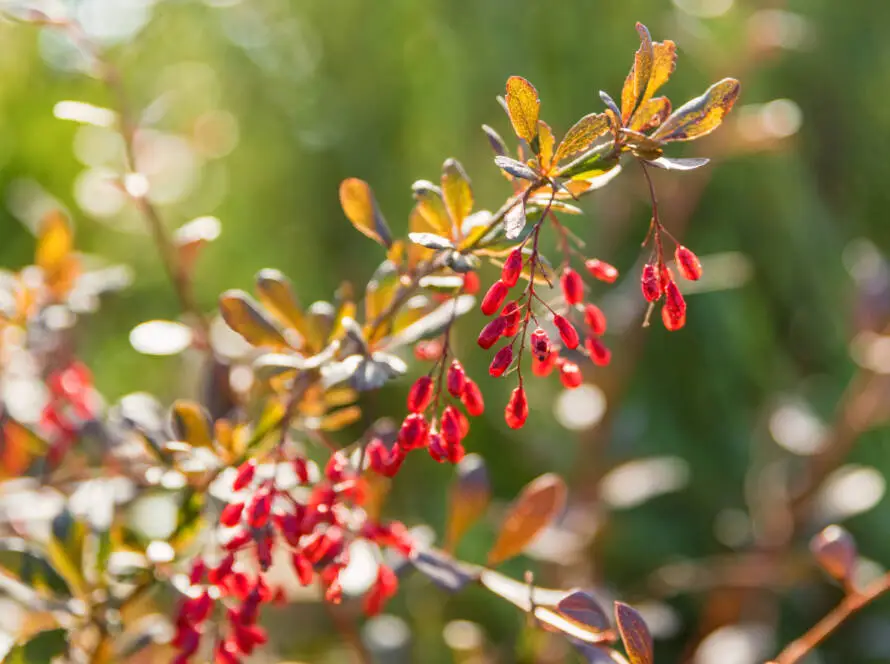Arnica
Introduction
Arnica, scientifically known as Arnica montana, is a perennial flowering plant belonging to the Asteraceae family. It is native to mountainous regions of Europe and North America and is well-known for its bright yellow flowers and medicinal properties. This fact sheet provides essential information about arnica, including its common names, uses, potential side effects, and resources for further information.
Common Names
- Arnica
- Leopard’s Bane
- Mountain Tobacco
- Mountain Snuff
- Wolf’s Bane
Latin Name
- Arnica montana
Uses
Arnica is primarily used topically for various conditions, including:
- Bruises: Commonly applied to reduce discoloration and promote healing.
- Sprains: Used to alleviate pain and swelling associated with sprains.
- Muscle Aches: Effective for soothing sore muscles after physical activity.
- Wound Healing: Applied to minor wounds to support the healing process.
- Superficial Phlebitis: Used to relieve inflammation of superficial veins.
- Rheumatic Pain: Helpful for managing pain associated with rheumatism.
- Inflammation from Insect Bites: Applied to reduce swelling and discomfort from insect stings.
- Swelling Due to Fractures: Used to minimize swelling around fractured areas.
Homeopathic preparations of arnica are also utilized to treat sore muscles and conditions resulting from overexertion or trauma.
How It Is Used
Medicinal preparations are made from the fresh or dried flower heads of the arnica plant. Common forms of application include:
- Topical Creams and Gels: These are applied directly to the skin over the affected area.
- Homeopathic Remedies: Available in various potencies for oral use, though caution is advised.
Scientific Insights
The U.S. Food and Drug Administration (FDA) has classified arnica as an unsafe herb for oral ingestion due to associated adverse effects. In contrast:
- Germany offers over 100 arnica preparations for consumer use, indicating a more favorable regulatory stance on topical applications.
- Canada prohibits arnica as a non-medicinal ingredient in oral products, reflecting concerns about its safety when ingested.
Side Effects and Cautions
While arnica is generally safe for topical use, potential side effects may include:
- Skin Irritation: Can irritate mucous membranes and cause localized redness or rash.
- Gastrointestinal Issues: Ingestion may lead to stomach pain, diarrhea, and vomiting.
- Toxicity: The plant is considered poisonous, and ingestion can lead to severe symptoms, including:
- Dyspnea (difficulty breathing)
- Cardiac arrest
- Potentially fatal outcomes
Cautions: It is crucial to avoid ingesting arnica and to use it only as directed for topical applications. Individuals with allergies to plants in the Asteraceae family should exercise caution.
Resources
- U.S. Food and Drug Administration (FDA)
- Drugs.com Database
- Wikipedia – Arnica montana
This summary highlights the key aspects of arnica, including its uses, safety concerns, and regulatory status. Like with any herbal remedy, it is important to use it with caution and seek professional guidance when necessary.
Disclaimer
The information I’ve shared about herbs is for educational purposes only and is not meant as medical advice. While many herbs have been traditionally used for their potential health benefits, individual responses may vary, and the effectiveness of herbs can depend on various factors, including personal health conditions and interactions with medications. It is essential to consult with a qualified healthcare professional or a licensed herbalist before using herbs for medicinal purposes or making significant changes to your health regimen. This information should not be considered a substitute for professional medical advice, diagnosis, or treatment.


